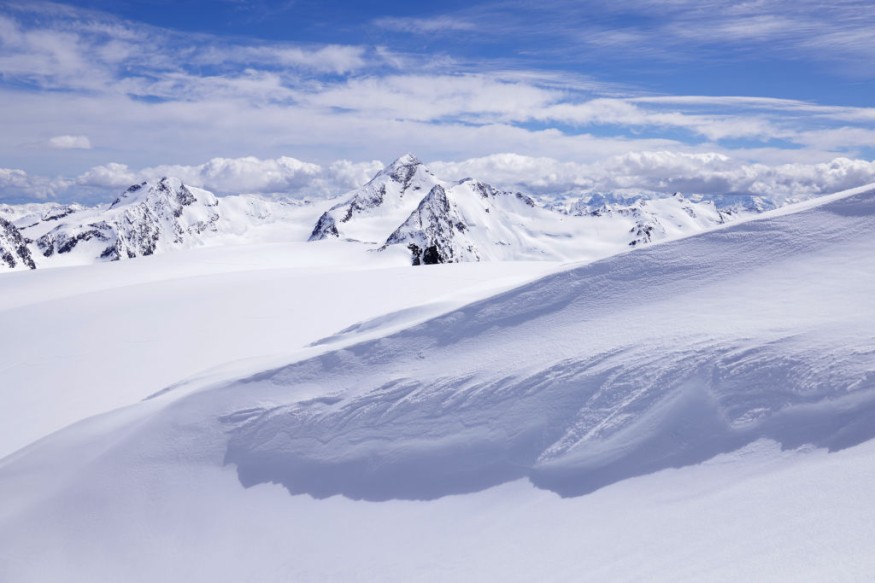More than 1,000 glaciers located in Alaska's Juneau icefield are melting more quickly. According to a recent study, the area covered in snow is currently decreasing 4.6 times faster than it did in the 1980s.

Melting Glaciers
In the almost 1,500-square-mile cold region, researchers have carefully monitored snow levels since 1948, with additional data dating back to the 18th century.
According to a study published in Nature Communications, it began to slowly shrink from its maximum size around the end of the Little Ice Age, or around 1850, but that melt rate then began to accelerate roughly ten years ago.
Research lead author Bethan Davies, a glaciologist at Newcastle University in England, said we are experiencing longer summers and shorter winters as a result of climate change. He continued, saying that the melt season is longer and more intense.
Only four of the Juneau icefield glaciers disappeared entirely between 1948 and 2005. But his research discovered that 64 of them disappeared between 2005 and 2019. Many of the glaciers were too tiny to be named, but Antler Glacier, one of the bigger ones, has completely vanished.
The researchers used satellite imagery, geomorphological mapping, historical and modern aerial photos, historical records of glaciers, and past records of glacier movement to finish their investigation of the icefield's changing conditions.
The assembly of this photo library, which was gathered between 70 and 50 years ago, reminded researchers of the world's most difficult jigsaw puzzle. Nonetheless, the quality of the data allowed them to recreate the icefield height at the time before satellites for the first time.
Vulnerable To Tipping Points
An ice sheet is something that is found across the entire continent. There are now only two: those in Greenland and Antarctica. An icefield is a grouping of glaciers.
The Mendenhall Glacier, a popular tourist destination, is the most well-known glacier in the Juneau Icefield. Based on government meteorological data, Alaska has warmed by 2.6 degrees (1.5 degrees Celsius) since 1980, making the Arctic warming at a rate approximately four times faster than the rest of the world.
Mauri Pelto, a professor of environmental science at Nichols College in Massachusetts and co-author of the report, claims that he gave up competitive skiing to conduct research on the Juneau icefield after visiting it in 1981 in an attempt to try to make the U.S. ski team.
"In 1981, it wasn't too hard to get on and off the glaciers. You just hike up, and you could ski to the bottom or hike right off the end of these glaciers," Pelto said.
Due to its extremely flat form, Juneau's icefield is susceptible to certain tipping points, as large areas suddenly become more prone to melting when the snow line goes up.
According to experts, the research makes sense, is consistent with earlier data, and demonstrates the necessity for immediate and practical action in order to preserve at least some of the remaining ice.
© 2025 NatureWorldNews.com All rights reserved. Do not reproduce without permission.





